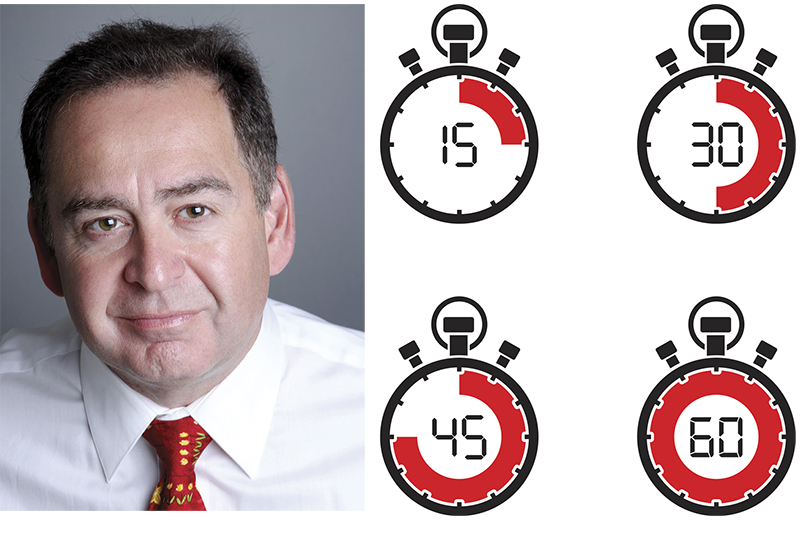60 Seconds With… Marc Wulfraat, MWPVL International

Modern Editors sat down with Marc Wulfraat, MWPVL International to discuss micro-fulfillment trends.
Title
Founder and president
Company
Location
Montreal, Canada
Experience
32 years working in supply chain consulting and distribution center design
Modern: Let’s start with an easy one: What is micro-fulfillment, and what are the different flavors you’re seeing of micro-fulfillment solutions?
Wulfraat: Micro-fulfillment is order fulfillment that takes place within a very small distance of the end consumer. Typically, it’s in an urban metro market.
Modern: We’re beginning to see 3PLs develop networks of small e-fulfillment centers of around 50,000 square feet or smaller. Do you think of this as micro-fulfillment?
Wulfraat: In my vernacular, that’s a CFC, or customer fulfillment center. It’s a larger facility than a micro-fulfillment center, or MFC, and it covers a wider radius of geography. An MFC is almost always associated with a retail store, either in the backroom of a store, a dark store, or as a 10,000- or 12,000-square-foot addition to an existing store.
Modern: Is it primarily for buy online and pickup in store?
Wulfraat: I’d extend that out one more, because an MFC could also be used for home delivery. Typically, one MFC is serving a cluster of seven or so stores in an area. The system pools the online orders for all of the customers that would normally shop at those stores. They transfer the totes to the other stores. It’s a little bit of a hub-and-spoke model.
Modern: What’s driving it?
Wulfraat: The penny dropped for companies in the grocery industry— where I believe MFCs have the biggest opportunity—in 2017 when Amazon bought Whole Foods. Given Amazon’s access to cash, it sent shock waves through the grocery industry. The thinking gravitated from “let’s see how this pans out” to “we have to do something.” There is a first mover advantage to the grocer in an area that does this right because once a customer signs onto your site, there’s a very low defection rate.
Modern: Why is that?
Wulfraat: The average consumer buys 320 items religiously. It takes time to set that up in a grocer’s Website. But, once you do that, ordering is like clockwork. So, you want to be the first grocer to get the customer’s attention. The other reason is that it segregates the inventory of the items ordered most often online. When you’re filling orders from the store, you really don’t know the status of inventory in real time because the public is touching it. Out of stocks run 3% to 5%. When that happens, you’re texting the customer to see if they want a substitute. An MFC operates in an isolated environment. The inventory is pristine and updated in real time. So, the customer order is clean every time, the satisfaction rate is much higher, and you can get an order filled in 10 minutes. And, I should add that the cost is at a price point that most grocery companies will accept. If they have to put a 12,000-square-foot addition onto the store, they’re looking at $5 million to do that. If they can fill orders for a cluster of stores, that’s doable.
Modern: Are we seeing a diversity of solutions, from conventional to highly automated?
Wulfraat: Yes, there are companies out there using a dark store as an MFC. In those, employees pick to carts and normally pick to four totes at a time. They use a combination of sprinter vans for home delivery and trailers to deliver totes to stores. I think the dark store in Europe will be more pronounced here because of geography. I expect to see automated MFCs in those 50 biggest cities that represent about 50% of the population.
Modern: What will it take for this to become a more common model?
Wulfraat: I think we’re already there. What I see when I look at the amount of activity going on in this space is that it’s almost as if the big retailers are putting off investments in distribution center automation to focus on MFC solutions. It’s now a top priority. We’re still very much in the infancy stage of this market, but it’s going to be a billion dollar industry in a short time.





